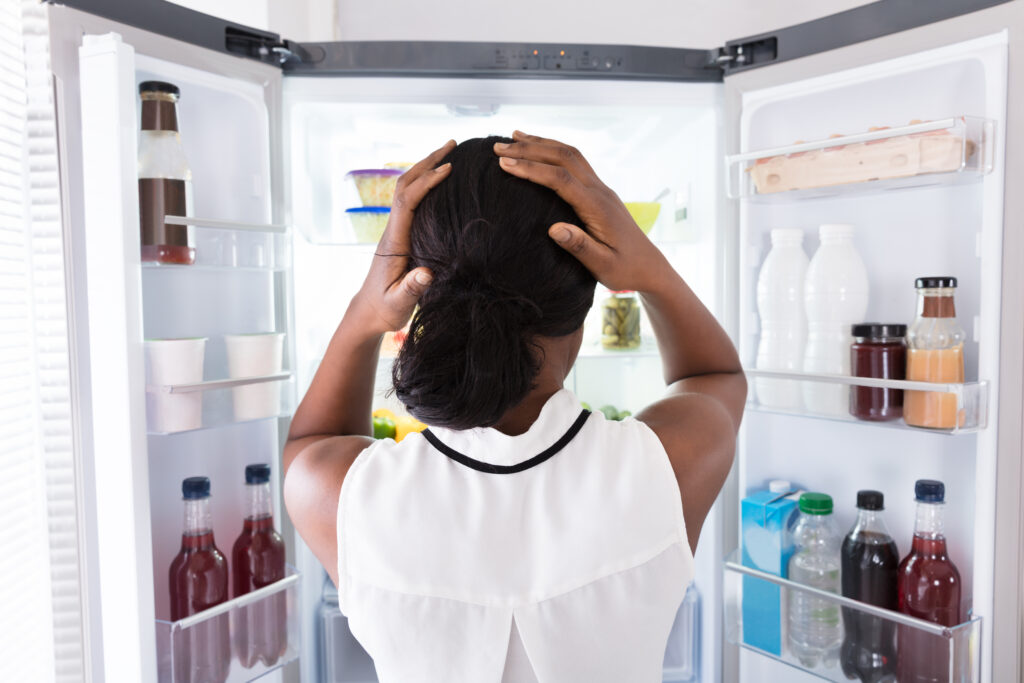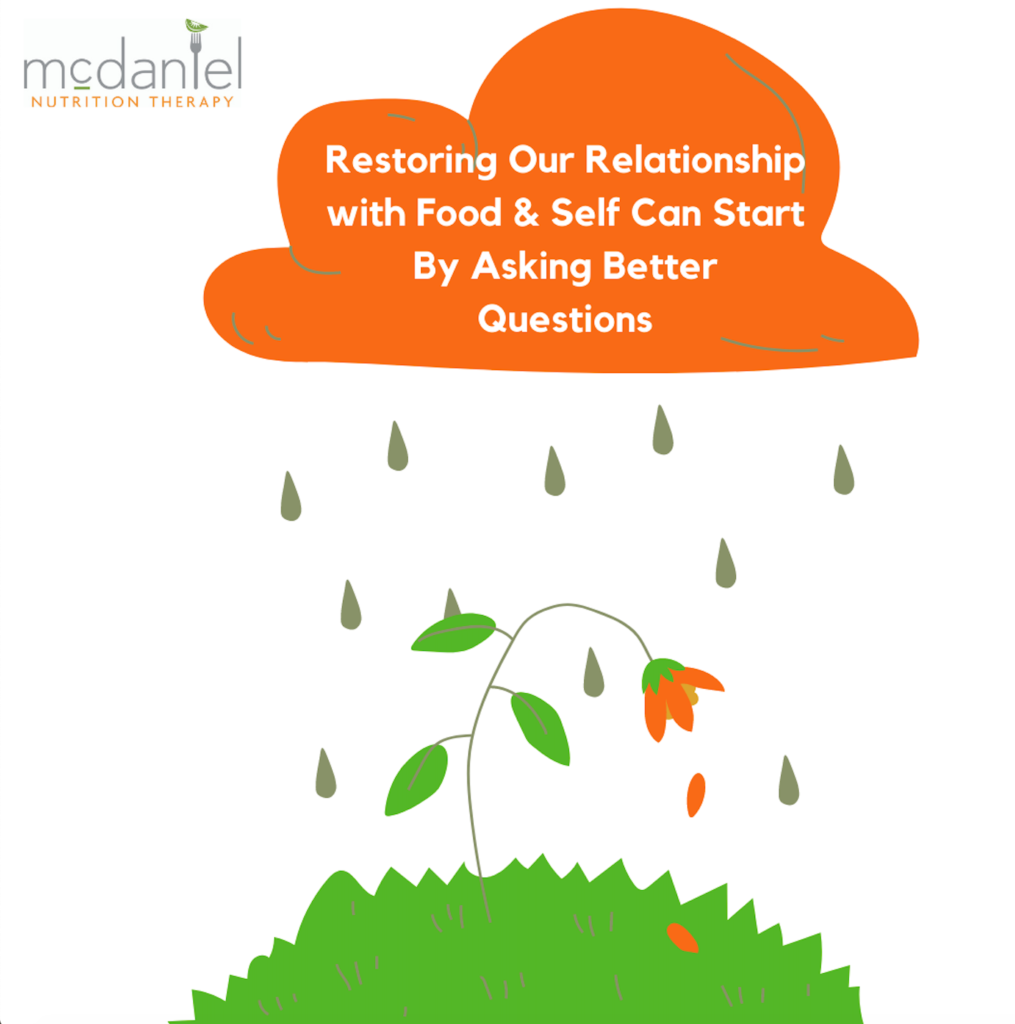Has your relationship with food or exercise been impacted by COVID?

As we emerge out of our COVID fog, we may be noticing our relationship with food and/or changed during this time. For some, this past 14 months has either provided opportunities for shedding a positive light on these relationships or negatively impacted these relationships.
Have you experienced any of these outcomes in the past year?
Possible positive outcomes:
- Eating more meals together and cooking together with family or friends.
- Changing your mindset about wellness to include more self-compassion and care for our own personal health. As we approach this “new normal,” many have become more flexible and adaptable as we approach our food and exercise goals.
- Being open to trying new flavors and products.
Possible negative outcomes:
- Mindless eating or stress eating which results in weight gain
- Overall reductions in intake which can lead to weight loss, which may not be ideal for some who have a tendency towards disordered eating behaviors.
Build Traction with the Right Questions:

While most of us are good for “awhile,” what we really want is sustainability and traction towards restoring our relationship with food and exercise.
- Always be flexible and adaptable (not rigid) when it comes to food or exercise choices. Review your eating or exercise habits or patterns that don’t serve you, while asking yourself some questions:
Food Choices:
-
- Why am I choosing to eat this food?
- Am I really hungry right now?
- What do I really want to eat and why?
Exercise Choices:
-
- Why am I choosing this type of exercise right now?
- Is this what my body needs right now?
- How do I really want to move today and why?
- Have a sense of portion awareness and take time for meals, snacks and exercise.
- Block time so you aren’t rushed and don’t eat more than your body needs. By focusing on portions that fit your needs and taking time to taste, enjoy, and experience your food you consider how to be more aware and mindful when it comes to your food choices.
- This same technique works for exercise: Be aware of the time, intensity, frequency and type of exercise that works for you, while blocking time daily for movement. This can be walking, biking, running, doing stairs at home, having a dance party with kids, a kick ball game in the backyard, or using laundry detergent as weights! Get creative, make it fun and most important just get moving!
Last Thoughts on Restoring Your Relationship with Food and Exercise:
By practicing being flexible, being mindful of portion sizes that fit your body’s needs, while providing time to sit and eat and finding opportunities for movement you can be on your way to a healthier relationship with food and movement. Our team of dietitians can support you on this journey to a healthier relationship with food and exercise.

